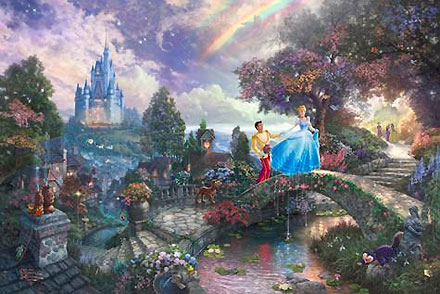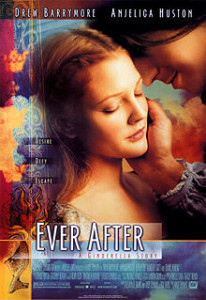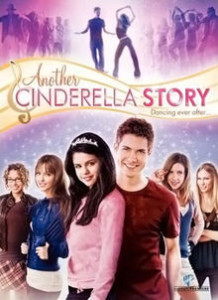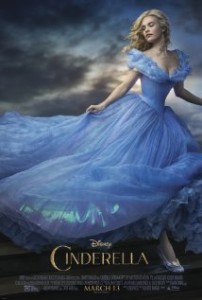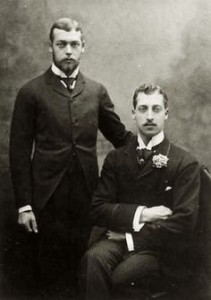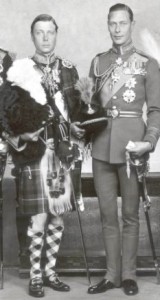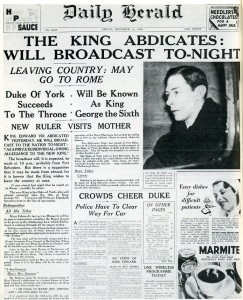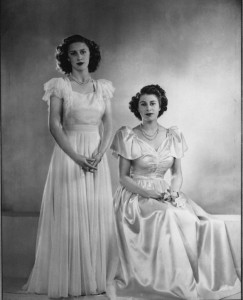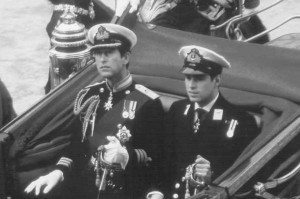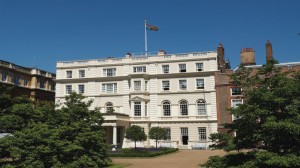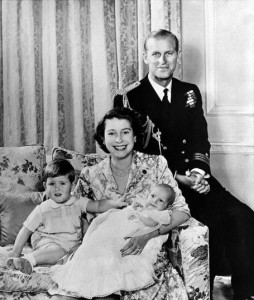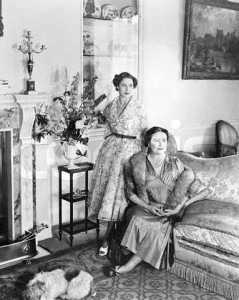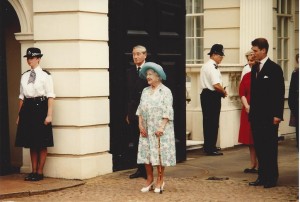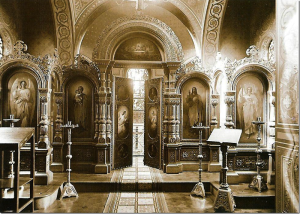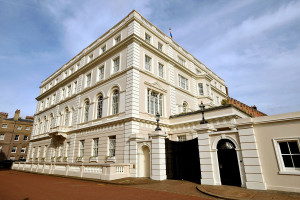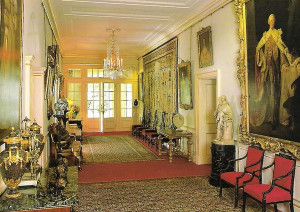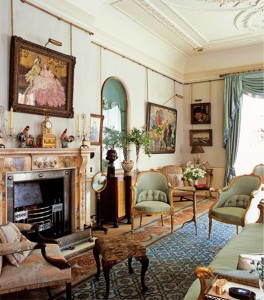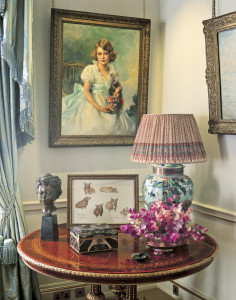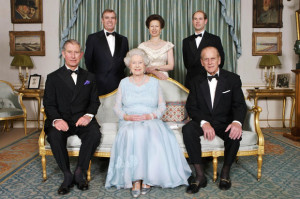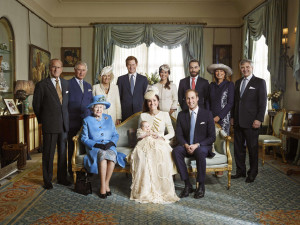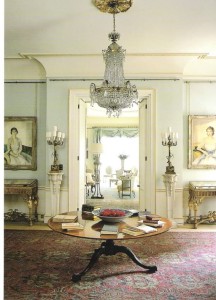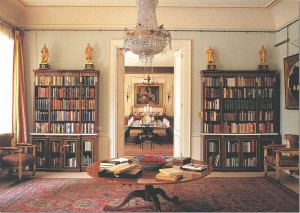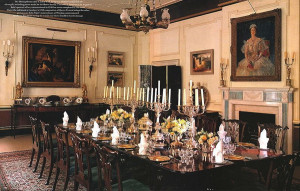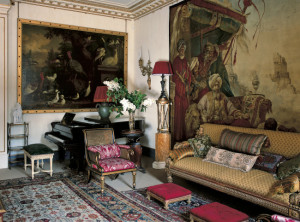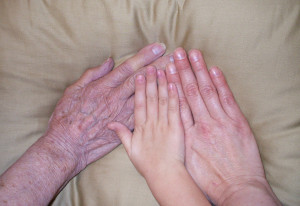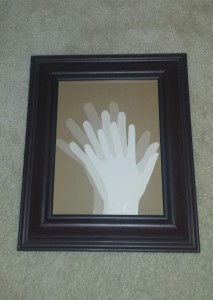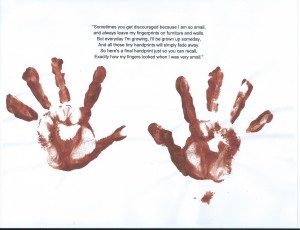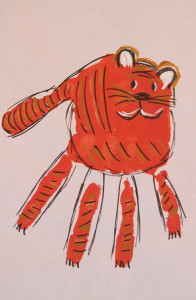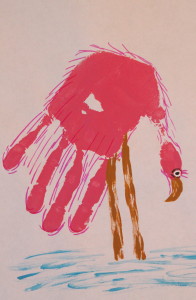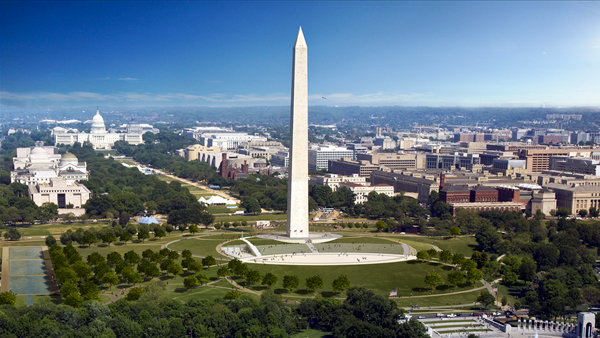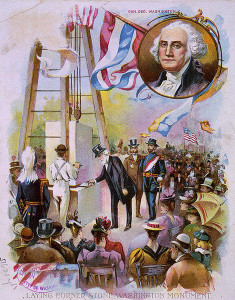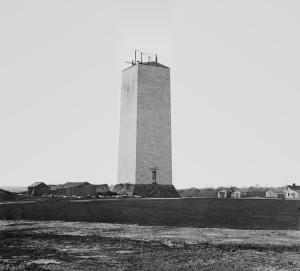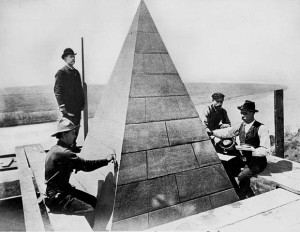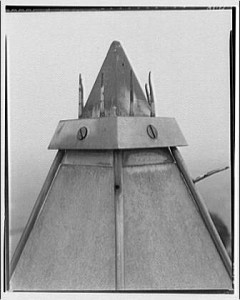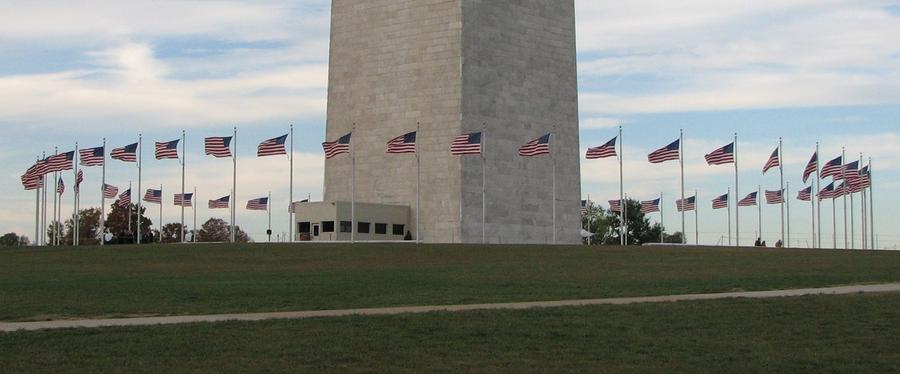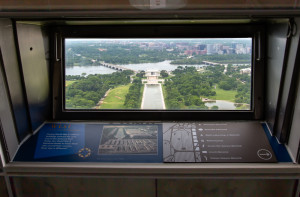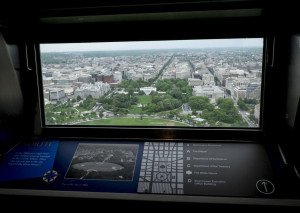In honor of the new Disney “Cinderella” movie being released in March 2015, this post will discuss the history of one of the world’s most famous fairytales. For centuries now the Cinderella story has been the favorite story that little girls love to hear and they dream about someday the possibility that they could find their own “Prince Charming”. The versions of the Cinderella story that my generation fondly remembers are the 1950 Disney animated movie, the 1957 Rogers and Hammerstein television musical starring Julie Andrews and the remake that was televised in 1965 starring Leslie Ann Warren. Over the last few years there have been more modern interpretations, such as “Ever After” starring Drew Barrymore, “A Cinderella Story” starring Hillary Duff and “Another Cinderella Story” starring Selena Gomez.
A brief history of the Cinderella Fairytale
The story of Cinderella has been told throughout the centuries in different parts of the world and the lead character has been known by various names. The settings or the situations may also vary from one story to another but the basic plot is usually about a young girl who finds herself in difficult circumstances beyond her control which she valiantly overcomes.
The two most popular and well known versions date back to a very long time ago. The 1697 French story of Cendrillon was written by Charles Perrault and introduced such plot elements as the fairy godmother, the pumpkin carriage and the glass slippers. The story starts when a widower with a small daughter marries a woman with two daughters. The widower’s daughter is forced to work from dawn to dusk performing menial chores for the household and often falls asleep by the fireplace in an effort to stay warm. She frequently wakes covered in cinders and her stepsisters taunt her with the name of Cendrillon. Sadly, her father is completely unaware of the abuse and cruelty. Meanwhile, the King and Queen are planning on having a ball to introduce the Prince to the eligible young women in the hopes that he will find a wife. The stepsisters taunt Cendrillon by telling her that servants are not to be invited to the ball. On the night of the ball, the stepsisters leave dressed in their finest gowns. After they depart, Cendrillon starts to cry and suddenly her magical fairy godmother appears to transform Cendrillon’s rags into a beautiful gown and turns a pumpkin from the garden into a grand golden carriage with several mice turned into horses to pull the carriage. The final touch is a lovely pair of glass slippers to cover her bare feet but the fairy godmother warns her that Cendrillon needs to return before midnight which is when the spell will be broken and everything will return to its original state. She arrives at the ball and the Prince soon becomes enchanted with the beautiful Cendrillon and they dance together and quickly fall in love. But at the stroke of midnight Cendrillon suddenly leaves the ball and in her haste she loses one of her glass slippers. The Prince tries to follow but Cendrillon has vanished and all that remains is the glass slipper. The Prince vows to find and marry the girl who lost her shoe but won his heart! The Prince sets out find her and in his quest he travel across the countryside having all the unmarried women try on the shoe. When he appears at the home of Cendrillon, the stepsisters try on the shoe, but of course it doesn’t fit them. When it is Cendrillon’s turn to try on the shoe it fits perfectly. The story ends happily with the Prince marrying Cendrillon.
The 1812 German story of Achenputtel was written by the Brothers Grimm the plot is basically the same as the earliest version but in this one Achenputtel’s wishes are granted not by a fairy godmother but by a wishing tree that grows over her mother’s grave. The story starts “once upon a time” with Achenputtel’s mother on her deathbed making one last request which is that her daughter will always remain good and kind. A year later, Achenputtel’s father remarries a woman with two daughters who, despite the fact that they are beautiful, prove to be cruel. While Achenputtel’s father is frequently away on business he is unaware of the fact that the stepsisters steal Achenputtel’s clothes and jewels which forces her to wear rags and she is soon put to work in the kitchen as a common servant. Despite these troubling circumstances Achenputtel remains good and kind. Then the king decides to give a festival and invites all the women of the land to attend so that the prince could select one to marry. When Achenputtel asks to attend the festival, her stepmother throws a bowl of lentils into the ashes of the fireplace for her to pick up telling her that when she has finished the task she can go, meanwhile the stepmother and her daughters leave for the festival. Aschenputtel is deeply saddened about being left behind and she goes to her mother’s grave under the wishing tree and starts to weep. Desperate, she asks for help and a white bird arrives with a beautiful white gown and golden silk slippers and Aschenputtel can now go to the ball. The prince sees her at the ball and they dance together. But as the clock strikes midnight she must leave the ball before the spell it broken and in her rush to go she loses one of her golden slippers. The prince finds the slipper and vows to find the beautiful girl whose foot will fit the shoe. The next day the prince arrives at the house, first the eldest stepsister tries the shoe and it doesn’t fit and the other stepsister tries the shoe and it doesn’t fit. Then, Aschenputtel comes out of the kitchen and the prince has her try the shoe on and it fits! The prince has found her the story ends with them getting married and living “happily ever after”. (unfortunately, the story does not end well for the stepsisters and at the wedding their eyes are pecked out by the white bird).
Here is a list of some of the recent versions of the Cinderella fairytale –
“Cinderella” Disney animated movie
The Disney animated movie is probably one of the most popular and well known versions of the Cinderella fairytale. It was the twelfth Walt Disney animated movie and was released on February 15, 1950. At the time the movie was being made, the Disney Studios was experiencing some financial problems and was over $4 million dollars in debt and on the verge of bankruptcy. Disney had high hopes that “Cinderella” would be successful enough to turn the studio finances around and luckily the movie turned out to be both a critical and financial success. The movie featured such memorable songs, such as “A Dream Is A Wish Your Heart Makes”, “Biddidi-Bobbidi-Boo” and “So This Is Love”. The plot of the movie followed the French version of “Cendrillon” by Charles Perrault and featured many of the same elements of the story such as the fairy godmother, the pumpkin carriage and the glass slippers. (The 1950 Disney animated version of the Cinderella story is one that most people will remember and it will probably remain a favorite version of the fairytale for the generations that will follow)
 Rodgers and Hammerstein “Cinderella” musical for television
Rodgers and Hammerstein “Cinderella” musical for television
This version of Cinderella is the only Rodgers and Hammerstein musical that has been written specifically for television and it starred Julie Andrews in the title role. The original broadcast was done live on CBS on March 31, 1957. It proved to be so popular with television audiences that it was remade in 1965 starring Lesley Ann Warren and again in 1997 starring Brandy Norwood. All three productions followed the French version of the “Cendrillion” story and featured original music by Rodgers and Hammerstein with songs such as” “In My Own Little Corner”, “Impossible, It’s Possible”, “Ten Minutes Ago” and “Do I Love You Because You’re Beautiful?”. (The 1965 televised musical version of the Cinderella story is one that most of my generation will fondly remember from their childhood)
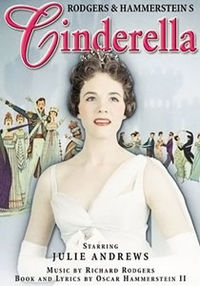
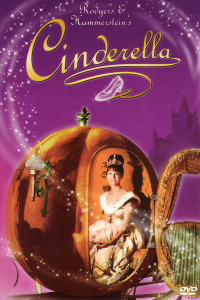
“Ever After” – 1998 movie
The 1998 “Ever After” movie is a romantic comedy drama starring Drew Barrymore in the lead role of Danielle and Anjelica Huston as the cruel stepmother. The movie treats the story as historical fiction set in France and eliminated all the plot elements pertaining to the fairy godmother, a magical pumpkin but keep the idea of the special shoes and made them more realistic instead of glass slippers. Cleverly, the story starts with the Brothers Grimm arriving to interview a woman to find out if there is any truth to an old family story. What makes the movie different from other previous ones is that even though the film is set in the Renaissance period, the interpretation of this version of the classic fairytale is very modern in concept and features a distinctive feminist theme by having Danielle save not only the Prince at one point in the film but also herself from a less than desirable fate toward the end of the film. The story ends with the couple married while the stepmother and stepsister are justifiably destined to live a fate similar to what they imposed on Danielle as that of a lowly servant. (Of all the recent Cinderella movies, “Ever After” is a personal favorite of mine. I think it is well written with a strong female lead character in charge of her own destiny and it is beautifully filmed with great actors!)
“A Cinderella Story” movie
The 2004 “A Cinderella Story” movie is aimed at the teenage audience. The movie stars Hillary Duff as Samantha “Sam” Montgomery, Chad Michael Murray as Austin Ames, Jennifer Coolidge as Fiona the stepmother and Regina King as Rhonda the co-worker that helps her out. The movie starts when an earthquake strikes the San Fernando Valley near Los Angeles, CA. Sam’s father is killed and he has left no will to provide for Sam after his death, so the house and diner go to Fiona. Then, jump ahead eight years later, Sam is now a high school senior and living unhappily with her stepmother and her two silly stepsisters while working at the diner to save money to attend Princeton University, the studious Sam earns the nickname of “Diner Girl”. In an internet chat room, Sam meets a boy known only as “Nomad”, which is really Austin the popular quarterback of the school. “Nomad” requests that they met each other at the school masquerade dance. Sam is dressed beautifully in a white gown and is wearing a mask to hide her identity while Austin is dressed as a dashing musketeer. The two meet at the appointed hour and they share a romantic dance but before Sam can reveal who she really is it is midnight and she needs to get back to the diner before her stepmother finds out that she is gone, in her haste to leave Sam loses her cell phone. Of course, when Austin tries to find out who the phone belongs to several girls, including Sam’s stepsisters, claim be the mystery girl. The stepsister’s find out that Sam is in fact the mystery girl and they tell Austin’s ex-girlfriend, a popular cheerleader, and during the school pep rally for the big game they reveal Sam as the mystery girl. Sam is humiliated and believes Austin betrayed her. Meanwhile, when the notice of Sam’s acceptance to Princeton comes in the mail, Fiona hides the letter and tells Sam her application was rejected and she now believes that she will be stuck working at the diner for a very long time. Eventually, with the help of Rhonda, Sam regains her confidence to stand up to Fiona and tells her she is quitting and moves in with Rhonda. Sam also finds the courage to confront Austin in the locker room before the game. Later, while out on the field during the game, Austin sees Sam in the stands and leaves the field to apologize to her. They kiss as the rain starts to fall ending the long drought that has plagued Southern California for so long. Later, Sam is back at her old home packing up her belongings and Sam finds her father’s will hidden in one of her children’s fairytale books. It seems that according to the will her father has left everything to Sam and not Fiona. At the end of the movie, Rhonda is now the manager of the diner and Fiona and the stepsisters are forced to work off the money they “stole” from Sam. The last scene of the movie shows Sam and Austin driving off together to travel to Princeton.
“Another Cinderella Story” movie
The 2008 “Another Cinderella Story” is another movie aimed at the teenage audience. It is a romantic musical version of the Cinderella story and stars Selena Gomez as Mary Santiago who is a high school student who has dreams of becoming a dancer. Like most Cinderella stories, Mary lives with her stepmother Dominique, played by Jane Lynch, who forces Mary to do menial work around the house. Joey Parker, as played by Drew Seeley, is a famous singer/dancer that has recently returned to finish his senior year at the same school as Mary. The two meet at a masquerade dance and Joey quickly notices Mary, but he doesn’t know who she is since she is wearing a mask, and they enjoy a fabulous tango. But as most Cinderella stories go, Mary must suddenly leave the dance at the stroke of midnight and rush home before her stepmother realizes she is gone. This time in her haste to go it is not a shoe that Mary leaves behind but a MP3 player. Joey finds it and takes it to school to search for the girl who lost it and eventually Joey finds out it was Mary. The movie ends with Mary winning a dance competition hosted by Joey and she gets into a prestigious dance school.
“Cinderella” – 2015 Disney live action movie
The latest version of the Cinderella story is being released in March 2017 by Disney. It is a live-action version this time and not an animated film. The story starts when her father unexpectedly dies and Ella (Lily James) finds herself at the mercy of her cruel stepmother (Cate Blanchett) and stepsisters, and she is forced to become their maid. Despite her circumstances, she refuses to despair. An invitation to a palace ball gives Ella hope that she might reunite with the dashing stranger (Richard Madden) that she had met in the woods, but her stepmother prevents her from going. Of course, she receives help from a beggar woman who has a magic touch for ordinary things.

